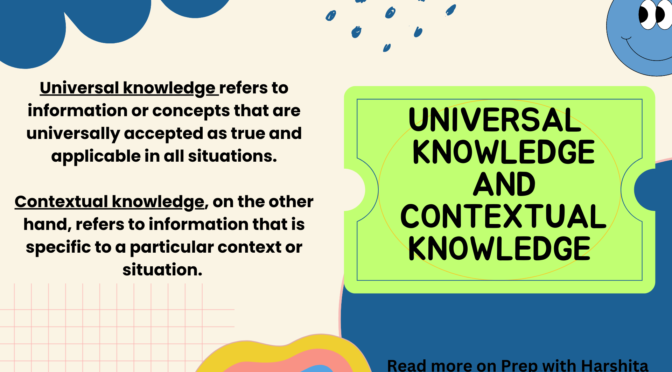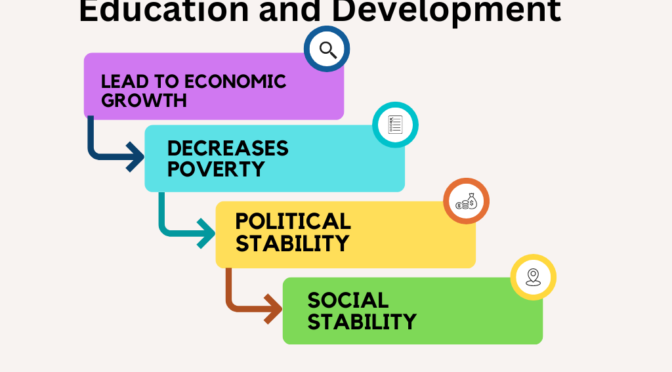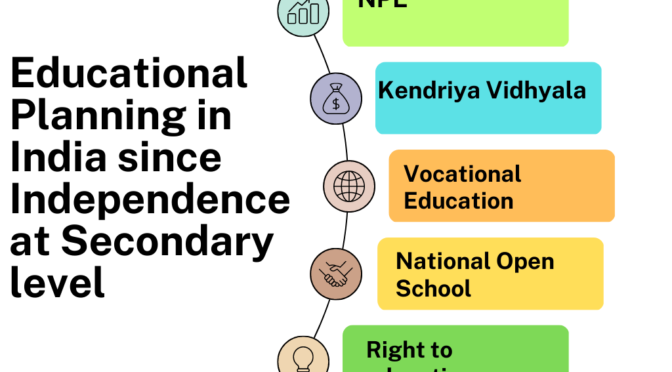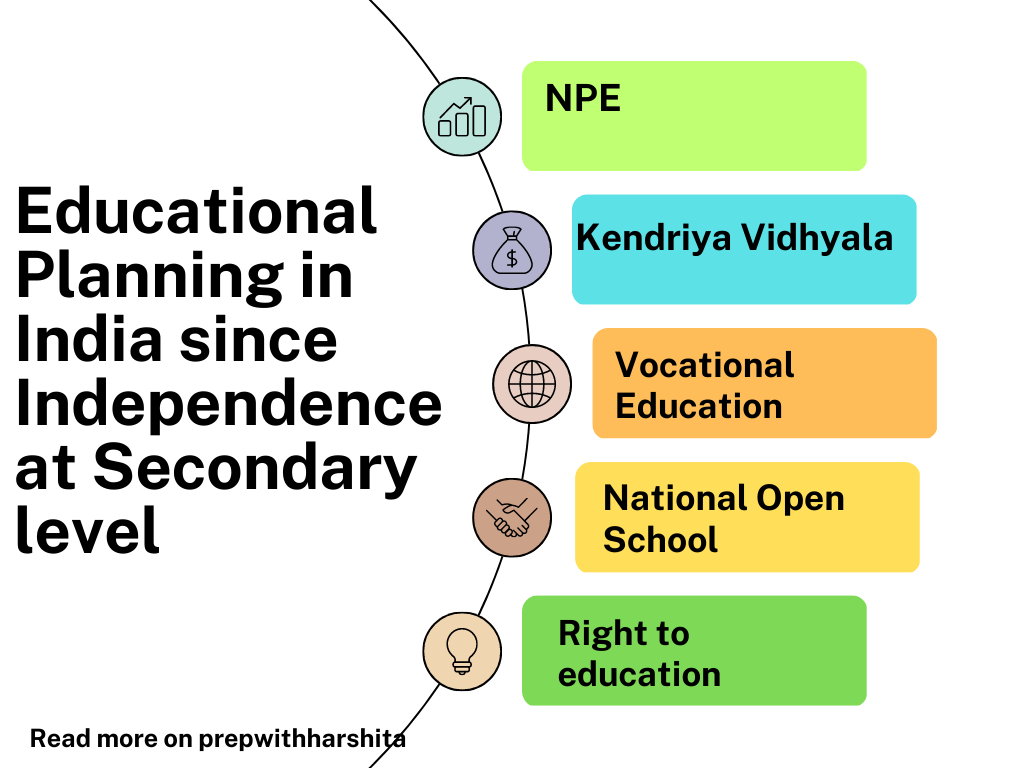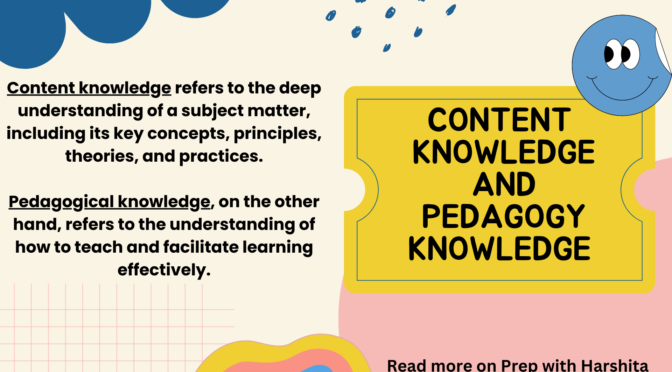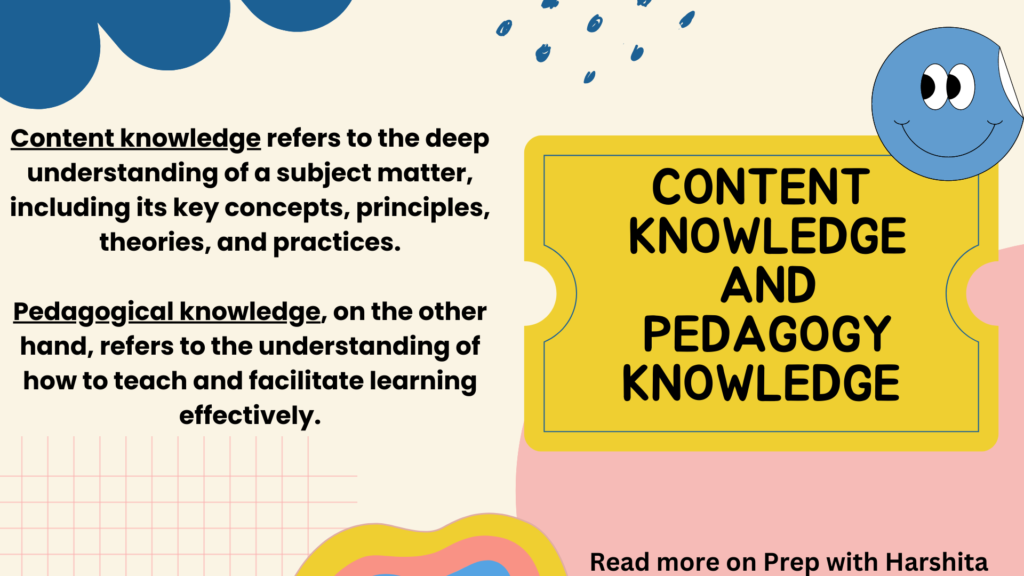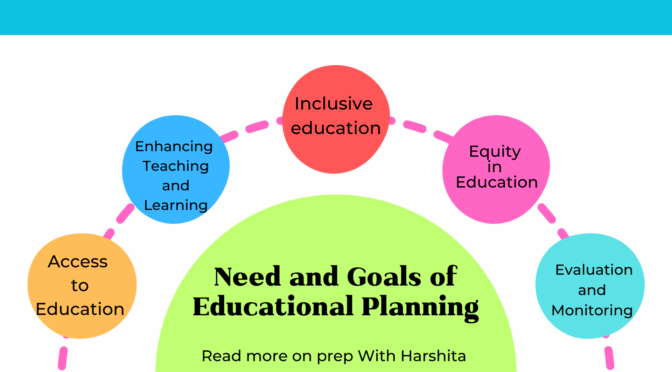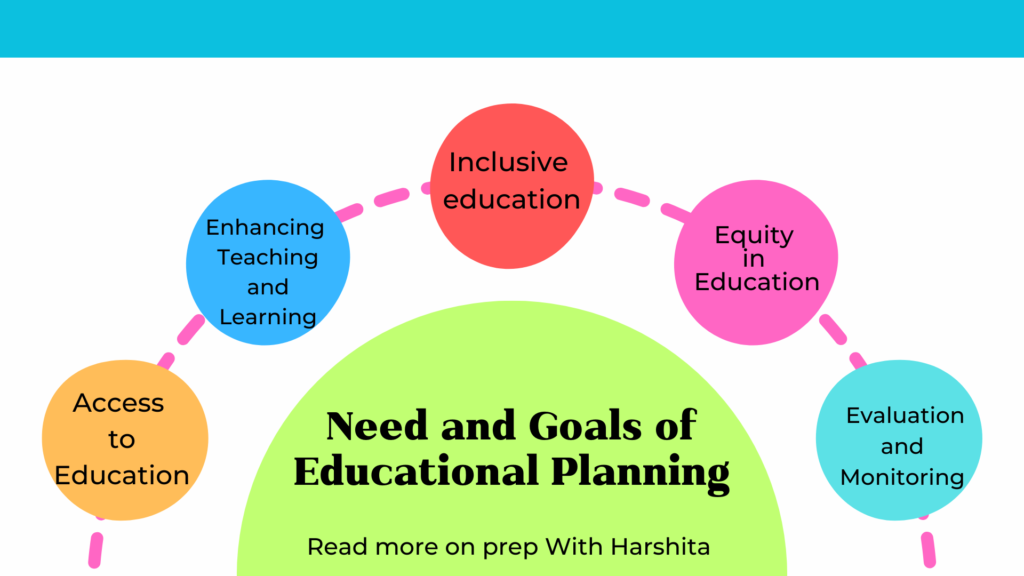Universal knowledge and contextual knowledge are two types of knowledge that are used in different contexts and have different applications. Understanding these two types of knowledge can help us navigate different situations and make informed decisions.
Universal Knowledge
Universal knowledge refers to information or concepts that are universally accepted as true and applicable in all situations. This type of knowledge is often based on objective facts. It can be validated through scientific research, logical reasoning, or other empirical methods. Examples of universal knowledge include mathematical principles, laws of physics, and principles of logic.
By understanding the principles of universal knowledge, we can make predictions, create models, and develop theories that help us understand and navigate the complexities of the world.
Contextual Knowledge
Contextual knowledge, on the other hand, refers to information that is specific to a particular context or situation. This knowledge is based on subjective experiences and can vary depending on the culture, social norms, and other contextual factors. Examples of contextual knowledge include cultural practices, social norms, and individual experiences.
Contextual knowledge is essential for understanding and navigating complex social situations. It can help us communicate effectively, build relationships, and make informed decisions. However, contextual knowledge can also be limited by our own biases and perspectives.
Bridging the Gap between Universal Knowledge and Contextual Knowledge
Bridging the gap between universal knowledge and contextual knowledge is essential for creating a comprehensive understanding of the world around us.
By combining both types of knowledge, we can create a more holistic understanding of the world and make informed decisions that are grounded in both objective facts and subjective experiences.
Bridging the gap between universal knowledge and contextual knowledge involves finding ways to connect the general principles of universal knowledge to the specific details of a particular context or situation. This can be done in a number of ways:
- Use examples: One way to connect both is to provide concrete examples that illustrate how the general principles apply in practice. For instance, a physics teacher might use examples of everyday objects and situations to explain the principles of motion and energy.
- Provide context: Another way to bridge the gap is to provide context for the universal principles being discussed. For example, when discussing the principles of human rights, it can be helpful to provide historical and cultural context for the development of those principles.
- Use analogies: Analogies can be a powerful tool for connecting universal knowledge to specific contexts. For example, a teacher might use an analogy of a sports team to explain the principles of teamwork in a business setting.
- Encourage critical thinking: Encouraging critical thinking and problem-solving skills can help bridge the gap between universal knowledge and contextual knowledge. By engaging in critical thinking, individuals can apply general principles to specific situations and develop creative solutions to complex problems.
By using these approaches, we can create a more holistic understanding of the world around us. We can develop the skills and knowledge necessary to navigate the complexities of our increasingly interconnected world.
Also Read : Content and Pedagogy Knowledge


